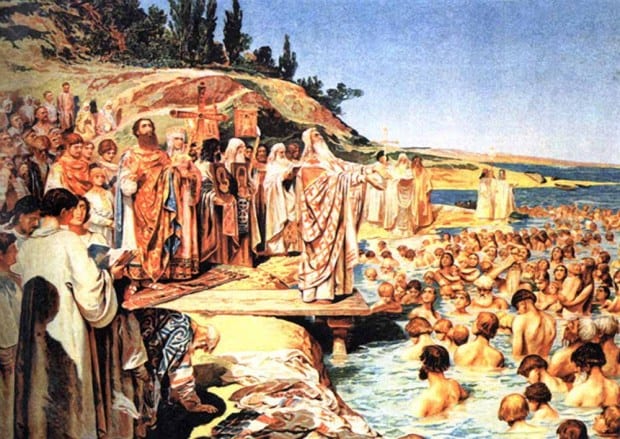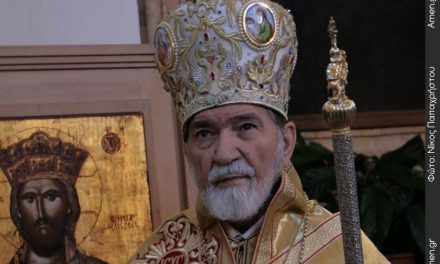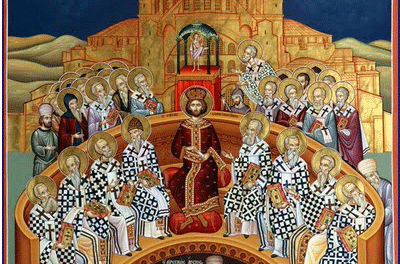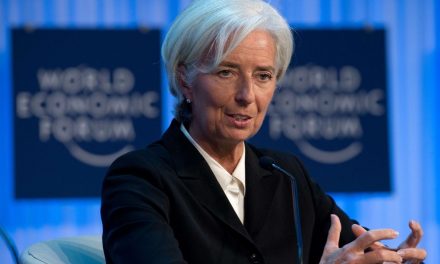by Thomas Bremer and Sophia Senyk, publicorthodoxy.org
In early September 2018, the gathering conflict between the Patriarchates of Constantinople and Moscow around the status of Orthodoxy in Ukraine escalated. The Ecumenical Patriarchate, in response to a request by the Ukrainian president and the parliament, announced the preparation of a tomos which would grant autocephaly for the Orthodox Church in the country and named two bishops as exarchs. In reaction, the Russian Orthodox Church interrupted communion among priests and hierarchs and announced further measures if Constantinople proceeded with its intentions. On October 11, the Synod of the Ecumenical Patriarchate confirmed its decision to grant autocephaly, and restored communion with the self-proclaimed patriarch Filaret (Denysenko) as well as with the other Ukrainian bishops who were in schism until now. The Moscow Patriarchate announced counter-measures to be taken by its Synod which will meet October 15.
The core issue is canonical territory. Moscow regards Ukraine as its canonical territory and claims that the Ukrainian Orthodox Church, the only canonical Church in the country, belongs to it. Constantinople, in turn, regards itself as the mother Church of Orthodoxy in Ukraine and expresses concern for unity in the country. Who is right?
In this conflict, both sides argue with history. They agree on some things. Both agree that Kyivan Rus’, a premodern form of state (a kind of commonwealth of principalities), received Christianity from Constantinople in the tenth century. When the political nucleus of this formation began to move further north from the twelfth century on, the metropolitan kept the title “of Kyiv” and dependence on Constantinople until the mid-fifteenth century. After the union of Florence, the metropolitans, now “of Moscow”, ceased asking Constantinople for confirmation.
There continued to be a metropolitan of Kyiv, which at that time lay in the Grand Duchy of Lithuania. After the political union of Lithuania and Poland (1569), conditions for Orthodoxy worsened in Ukrainian-Belarusian lands, and after the hierarchy entered into union with Rome (1596), only two Orthodox bishops were left. In 1620, a metropolitan of Kyiv in communion with Constantinople was installed. From here on, the consensus between the two patriarchates ceases.
When the growing Russian state centered in Moscow expanded its territory over Kyiv and today’s eastern Ukraine in the late seventeenth century according to the Treaty of Andrusovo, both Patriarchates reached an agreement whereby the Kyiv metropolitan would be nominated and consecrated by Moscow, but would commemorate the Ecumenical Patriarch.
The subsequent (non)commemoration of the Ecumenical Patriarchs by the Kyiv metropolitans ever after can serve as an example of the different interpretation of the documents to which both sides now appeal. That the Kyiv metropolitans soon ceased to commemorate the Patriarch of Constantinople can be interpreted as disobedience to an agreement, but it can also be seen as a consequence, and in a certain sense as an acknowledgment, of what was realistically possible for them. History abounds with examples of agreements or articles of agreements that simply fell into disuse.
In the current conflict, both sides interpret the documents in the way that supports their respective point of view. Neither side displays any understanding for the other’s perspective. Each side acts as if the documents provide clear evidence. But they do not. The documents do not speak for themselves. They were written at a certain time, in a certain context, and they must be interpreted. And any interpretation will also be made at a certain time and in a certain context. To come close to the former meaning of documents, and its possible meaning for today, requires a hermeneutical approach. But history cannot prove who is right and who is wrong in the present conflict.
What does that mean for the question of Ukrainian autocephaly? First and foremost, it cannot be resolved by reference to the past. The main problem is that there is no consensus about how to gain autocephaly within Orthodoxy. There are two models: 1) the mother Church is entitled to grant it, or 2) the Patriarchate of Constantinople is. The “Holy and Great Council” that met at Crete 2016 did not address this issue, since the Churches prior to the council could not agree on a draft document. Even precedents are no great help, since in most examples so far, Constantinople was the mother Church as well.
To be sure, the Russian Orthodox Church has misperceived the societal and ecclesial situation in Ukraine, and it does not understand the high degree of desire for an autocephalous Church in the country—desire which also exists within the Ukrainian Orthodox Church, i.e., its own branch in Ukraine. But it is also true that this Church did not apply for autocephaly. The Ecumenical Patriarchate disrespects that fact and acts as if there were no canonical Church in Ukraine. It claims that it is concerned about the unity of Orthodoxy in Ukraine, but ignoring the Ukrainian Orthodox Church belies that. Both sides ignore each other, just as they ignore the other side’s interpretation of the documents.
In Ukraine, the political aspect, with the government using all its means to obtain autocephaly, has come to the fore. But autocephaly is an ecclesial concept and concerns church structures. By striving to have a “Ukrainian National Church” in the context of Russian military aggression, the political elites hope to win popular support for themselves. They not only neglect the fact that Ukraine is a multi-ethnic and a multi-confessional country; they also repeat the model of state churches common in Europe until the second half of the twentieth century. There is no absolute need for an independent state to have an autocephalous church, as the ancient patriarchates show. In a modern democratic, western-oriented state, does a “National Church” have any place? And for practicing Christians, does it have any sense?
To be clear: We would prefer Orthodoxy in Ukraine to be autocephalous and united, and we think it will eventually come. An autocephalous Ukrainian Church could provide Orthodoxy with an independent local Church from where new impulses for church life, theology, ecumenical dialogue, and relations towards “the world” can emanate. However, the way autocephaly is currently being attempted—by political forces, unilateral acts of Constantinople, proposals of biased and discriminative laws, and the dissemination of false and misleading information—is not the right one.
This problem touches many important questions, such as tradition, the idea of “canonical territory”, “mother Church”, State-Church relations, pan-Orthodox unity, all of which Orthodoxy should and must address. But history alone offers no solution for the Ukrainian question.
Thomas Bremer teaches Ecumenical Theology and Eastern Churches Studies at the Faculty of Catholic Theology, Münster University, Germany.Sophia Senyk taught for many years the history of the Church in Rus’ at the Pontifical Oriental Institute, Rome, and now lives as an Orthodox nun of the Monastery of Bose, Italy.



















